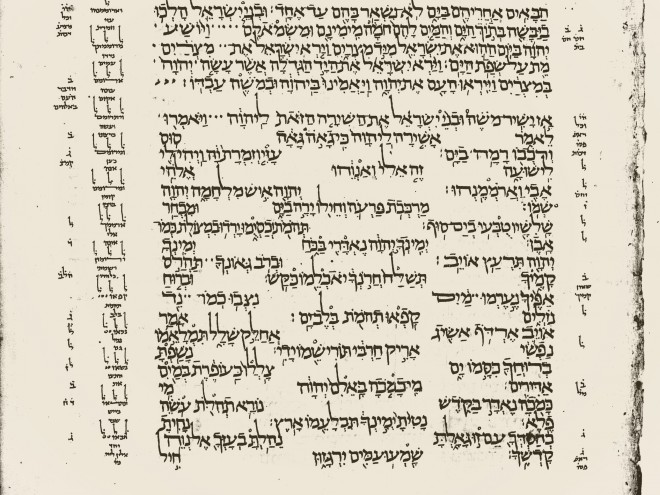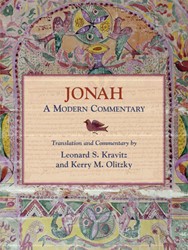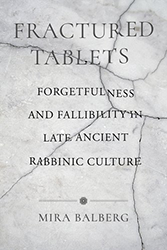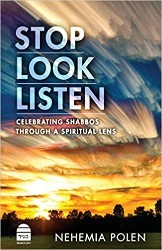Sacred texts and scripture in Judaism have traditionally been written and interpreted by men. As more women have studied Torah, more have been writing midrashim, finding themselves in the texts and sharing opinions and commentary. These female scholars have then connected with each other to compile different volumes — like this one, edited by Tamar Biala. The foreword, written by Tamar Kadari, explains that midrash “must be understood first and foremost as an exercise in creativity, with an element of play and pleasure in which sweep and imagination are conjoined.” Midrash, which Kadari defines as “searching out and exploring sacred scripture,” has always been an act of looking for answers to questions, creating stories to bring religious texts into the present day.
Dirshuni is organized into eleven main sections, with subsections within each chapter. Earlier sections have midrashim in the order of the biblical stories, and later, the midrashim address various themes. Different sections discuss topics such as fertility, miscarriage, and parenthood; rape and incest; inequalities in Jewish Law; post-Holocaust theology; and holidays. After each midrash, a commentary by Biala follows, deepening the reader’s understanding of the midrash and presenting thought-provoking concepts about the text, as well as daily or general religious observance.
The text is fairly accessible, especially the commentary, which helps to clarify any midrashim that may be unfamiliar or confusing. It also translates concepts into stories that may be more relevant to the present day, encouraging readers to reflect on their own experiences and connect them to the biblical text. In the section on Lot’s wife, for instance, the commentary considers how perhaps Lot’s wife was turned to salt not as punishment, but as a natural consequence of her crying. She might not have known not to look back, but what mother would not look back at the children she must leave behind? Biala writes, “Lot’s wife’s weeping bespeaks the suffering of all those who bear witness to a tragedy that they are unable to prevent.… Her ability to feel pain, or perhaps her inability to avoid it, stands in contrast to her husband’s stony forward gaze.” The depth of emotion that Lot’s wife felt rendered her unable to keep living after such tragedy. Her pain was too much. In this way, women are shown a new lens through which to view Lot’s wife: not as a person defying G‑d, but as a mother devastated by tragedy.
Women’s stories are told much less than men’s in the Torah. Many women aren’t even named. Dirshuni is a step forward; it carves out a place for contemporary women to see themselves in the sacred texts. It focuses on the courage, the heartbreak, and the fight of biblical women — and it brings them to life. How many women’s stories do we not know? What would Judaism look like if women had been reading, studying, interpreting, and commenting on our sacred texts all this time?
Dirshuni gives us a glimpse of that, and the view is spectacular.
Jaime Herndon is a medical writer who also writes about parenting and pop culture in her spare time. Her writing can be seen on Kveller, Undark, Book Riot, and more. When she’s not working or homeschooling, she’s at work on an essay collection.





